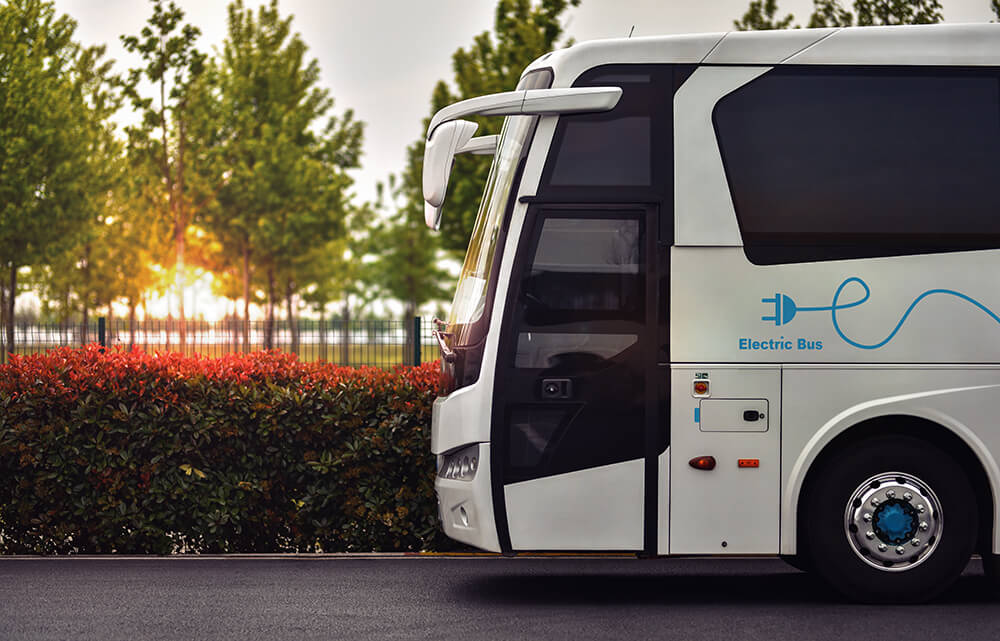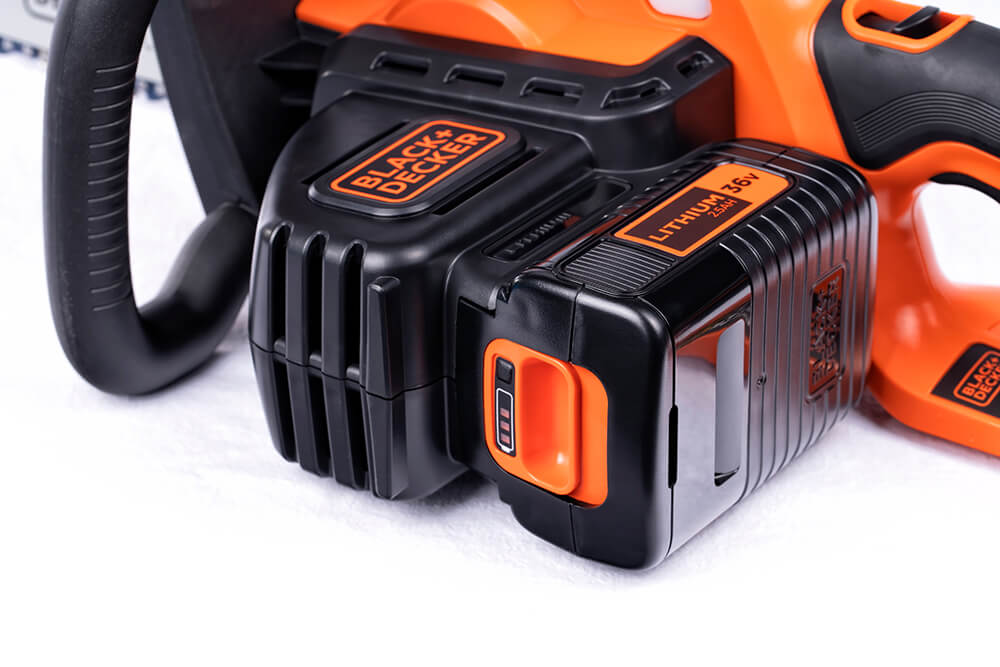What Are The Different Types Of Lithium Batteries?
Each type of lithium battery uses a different combination of materials for its cathode, which affects its performance. This includes areas like energy density, cycle life, and safety.
Below are the six most prominent lithium-ion battery types in use today:
The 6 Main Types Of Lithium Batteries
Lithium Iron Phosphate (LiFePO4 or LFP)
The lithium iron phosphate battery is known for its exceptional thermal stability and safety, making it less prone to thermal runaway. This battery type has a relatively lower energy density than some others, but its high cycle life make it ideal for applications such as energy storage systems and electric buses.

Lithium Nickel Manganese Cobalt (LiNixMnyCozO2 or NMC)
Lithium nickel manganese cobalt oxide (NMC) is one of the most popular battery chemistries, particularly in electric vehicles and portable electronics. It strikes a balance between high energy density, safety, and cycle life.
Lithium Cobalt Oxide (LiCoO2 or LCO)
Lithium cobalt oxide (LCO) batteries are widely used in mobile phones, laptops, and other portable devices due to their high energy density. However, they suffer from a shorter cycle life and a higher risk of overheating, which makes them less suitable for applications requiring extensive use or high currents.
Lithium Manganese Oxide (LiMn2O4 or LMO)
Lithium manganese oxide (LMO) batteries stand out for their thermal stability and safety profile. They can discharge quickly and are often used in power tools and hybrid electric vehicles. However, their energy density is lower compared to other lithium-ion battery types like NMC and LCO.

Lithium Nickel Cobalt Aluminium Oxide (LiNiCoAlO2 or NCA)
The lithium nickel cobalt aluminium oxide (NCA) battery chemistry is most notable for its application in high-performance electric vehicles, including those produced by Tesla.
NCA batteries offer one of the highest energy densities available, making them ideal for vehicles that require long range and fast charging. However, they come with safety risks and higher costs due to their complex chemistry and reliance on cobalt and nickel.
Lithium Titanate (Li2TiO3 or LTO)
Lithium titanate (LTO) batteries are unique due to their exceptionally fast charging speeds and extremely long cycle life.
However, they have a lower energy density than other types, which limits their use in applications requiring compact battery packs.
Your Guide To The Different Types Of Lithium Batteries
Understanding the different types of lithium-ion batteries is crucial in selecting the right battery for your application. Each type, from lithium iron phosphate to lithium nickel manganese cobalt oxide (NMC), offers a unique balance of energy density and cycle life.
For instance, NMC batteries are ideal for electric vehicles due to their energy density, while LFP batteries are favoured for stationary energy storage thanks to their longevity.
As demand grows, these various battery types will continue to evolve, offering even better performance, safety, and cost-effectiveness. Understanding the advantages and limitations of each type ensures optimal performance and reliability for specific uses, whether it’s powering a smartphone, an EV, or a solar storage system.
At Lithium Cycle, we specialise in recycling lithium batteries. This includes lithium waste from EVs, e-bikes and e-scooters, solar energy systems, UPS batteries and much more. Get in touch today if your business needs help recycling large volumes of lithium battery waste.
